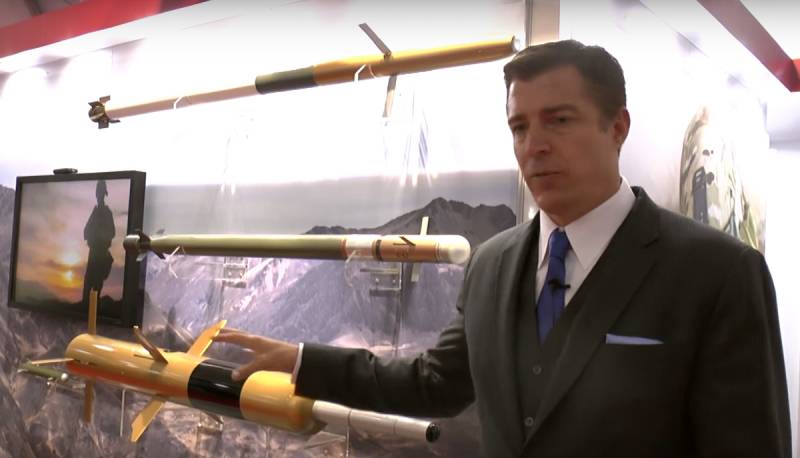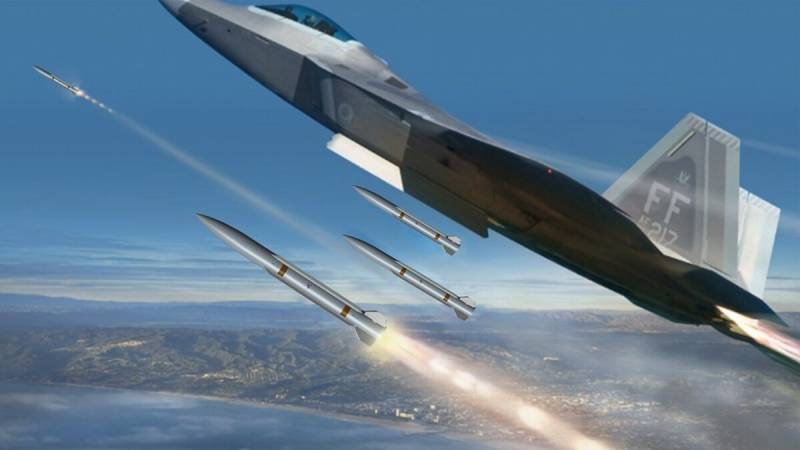Raytheon introduced a promising air-to-air missile
At the annual conference of the US Air Force Association, Raytheon introduced a new generation of air-to-air missiles. Prospective weapon It was called Peregrine, and has a weight of 50 pounds (about 22 kg), and 6 feet (1,8 meters) in length. The manufacturer claims that the missile is designed to destroy UAVs, manned aircraft and cruise missiles.
- said in a statement to the company.
The company does not report whether the rocket has passed the test phase and when Peregrine enters the arms market.
Image of the Peregrine rocket from Raytheon's presentation
says Thomas Bassing, vice president of Raytheon Advanced Missile Systems.
The company claims that Peregrine “Combines the AMRAAM range and autonomy with the AIM-9X agility features” (These are the main US Air Force missiles). According to a Pentagon report from 2018 of the year, Raytheon and Lockheed Martin share in the purchase of ammunition and missiles in the interests of the United States Department of Defense is 97%.
Mark Noyes, senior manager at Raytheon Advanced Missile Systems, said during the presentation that the rocket will have "a multi-mode infrared seeker, a new high-performance engine, a lightweight glider and a high-performance modular control system."
To reduce the cost of production, Peregrine will use ready-made military components. New adaptive technologies, in turn, make it possible to design weapon systems of smaller weight and size with the same or higher strength characteristics. According to Noyes, the new missile can be mounted on an external sling by fighters of all types of the fourth and fifth generations. In addition, it will be placed in the internal weapons compartments of the F-35. However, a Raytheon spokesman declined to say whether the rocket would fit in similar compartments on the F-22.
In addition, Noyes added that Peregrine is intended to complement AMRAAM and Sidewinder and will not replace them, stressing that the AIM-9X will continue to be the best air-to-air missile for close combat.


Information